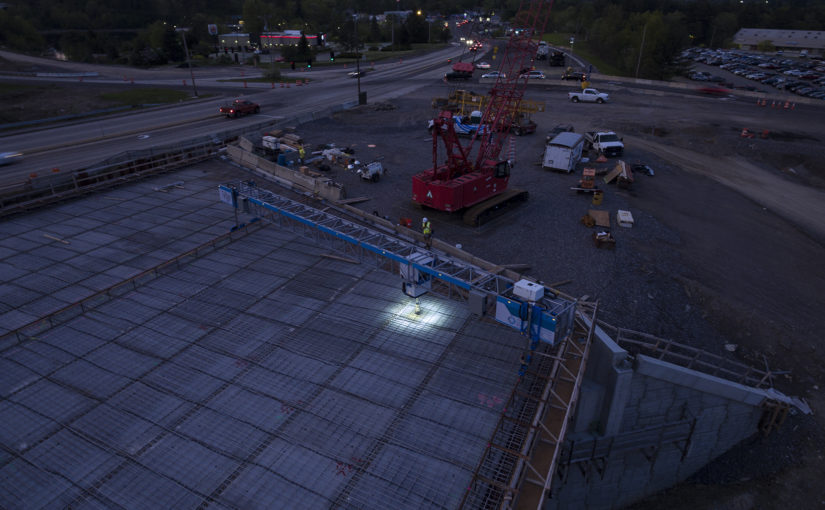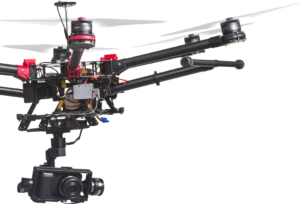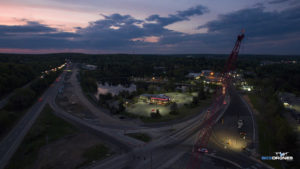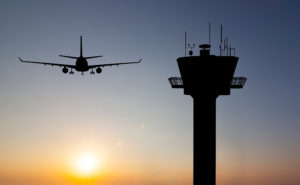Safety is Our Top Priority!
UPDATE SEPT 10, 2019: We are pleased to announce that all five of our oldest Wide Area Authorizations have now been officially extended into March 2021.
UPDATE May 29, 2019: Added additional airspace authorizations including for night operations that we have received.
GOFFSTOWN, NH – As one of the leading Small Unmanned Aerial Systems (sUAS) service providers in New Hampshire, 603 Drones, LLC has long been committed to safe and conscientious operation of our aerial vehicles. We take our risk mitigation strategies very seriously and we strive to be the example for compliant operations in our region. As a direct result of our demonstrable risk-reduction systems and methodologies, we are pleased to announce that we now hold airspace authorizations for both daytime and night operations within the controlled airspace of ALL of New Hampshire’s airports plus Boston’s Logan International Airport.
In order to operate a drone commercially at night, you must hold what is known as a FAA Part 107.29 waiver – more generally known as a “daylight waiver” because it waives the requirement to operate only in daylight. To be granted approval for this waiver, an operator must file an application that demonstrates a comprehensive knowledge of the night operations regulations, inherent risks, aircraft operating limitations, visual illusions created by low light, and more. The application review process can take several weeks and the applicant is usually asked to clarify certain key points for further review. It is not designed to be a quick and easy process because there are real dangers associated with operating a remote aircraft at night.
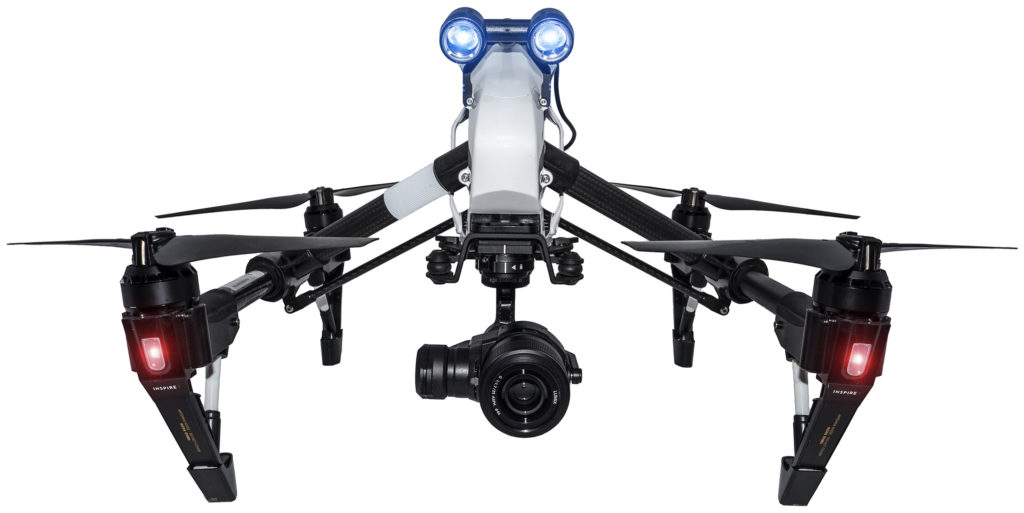
When you take all of the general application requirements for the daylight waiver and then couple them with an airspace authorization, things get even more fun. Because, now, you are asking the Air Traffic Control (ATC) folks of the airport in question to trust that you can safely operate your unmanned aircraft within THEIR controlled airspace at night. This means that the concepts of “see and avoid”, “rapid descent”, and other reactionary responses to unexpected airspace incursions become vital to your safety toolbox.
Airspace Authorizations To Date
We were proud of our first-pass approval of our 107.29 waiver when we received it. We are now doubly proud to have that waiver combined with operational airspace authorizations for all of the following airports in our region (with more still in application status):
Manchester-Boston Regional Airport (KMHT)
Logan International Airport (KBOS)
Lebanon Municipal Airport (KLEB)
Nashua Airport at Boire Field (KASH)
Portsmouth International Airport at Pease (KPSM)
Lawrence Municipal Airport (KLWM)
Concord Municipal Airport (KCON)
Beverly Municipal Airport (KBVY)
Laurence G. Hanscom Field Airport (KBED)
Portland International Jetport (KPWM)
Norwood Memorial Airport (KOWD)
Worcester Regional Airport (KORH)
Green Airport – Providence, RI (KPVD)
Full compliance with FAA regulations and a comprehensive safety strategy are just two of the many reasons why 603 Drones, LLC is your best choice for your company’s aerial imaging and data collection needs!
Author: Jeremy
Jeremy Jones is the founder of 603 Media Group and 603 Drones, LLC. He is a FAA Part 107 pilot and has experience flying multiple Small Unmanned Aircraft System (sUAS) platforms in commercial applications. He is also versed in both state and federal regulations as they relate to commercial vs hobbyist sUAS operations and helps new remote pilots to navigate these very tricky subjects.


